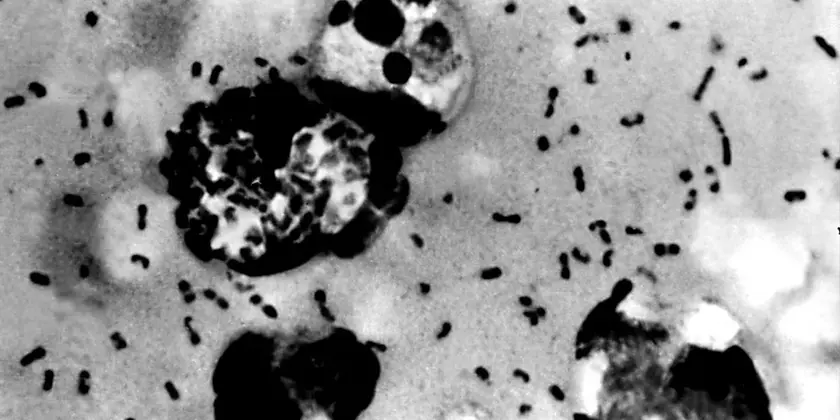T4K3.news
Squirrel pox in backyards
Backyard squirrels showing signs of fibroma may spread via feeders and mosquitos; limit feeding and clean stations to reduce risk
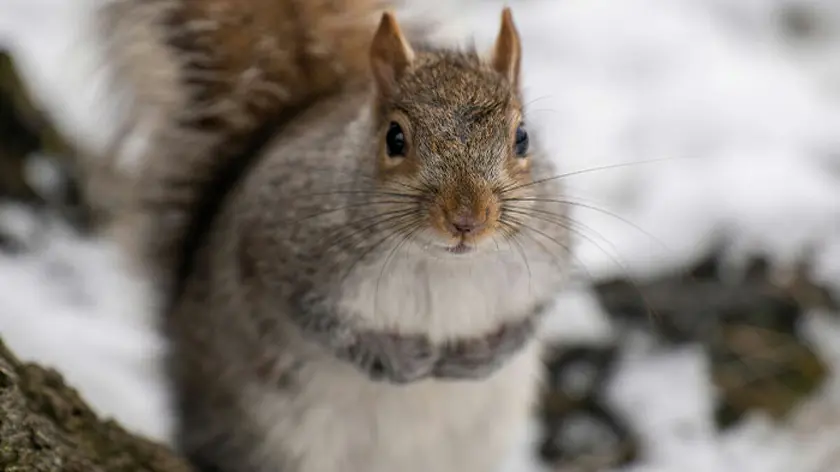
Experts say squirrel fibroma is appearing in backyards and can spread through feeders and standing water, prompting guidance on safe wildlife care.
Squirrel Pox Reaches Backyards
Experts confirm a condition called squirrel fibroma, also known as squirrel pox, has appeared in several backyard squirrel populations in North America. Transmission is linked to biting insects and contact at feeders or contaminated surfaces. Juvenile squirrels seem more susceptible, and disease spread can be accelerated when animals gather at feeding sites.
Officials say the illness is mostly species specific and not common to humans or domestic pets. Most infected squirrels recover over time, but severe growths can hinder feeding, movement or vision and increase the risk of starvation or predation. Authorities advise reducing standing water to curb mosquitoes and cleaning feeders regularly to limit transmission.
Key Takeaways
"Squirrel pox is naturally occurring and usually not fatal."
Wildlife biologist Webb comments on the prognosis
"Concentrations at feeders can accelerate the spread of the virus."
Biologist notes on feeding related transmission
"If someone is sick, others catch it when animals gather"
Webb uses an analogy about crowding and disease
"Most affected squirrels heal and resume normal activity"
Officials describe the typical recovery path
The piece highlights how everyday backyard life intersects with wildlife health. It shows how social media can amplify concern even as experts emphasize measured responses. The central tension is between appreciating wildlife and recognizing our role in shaping disease dynamics through feeding practices and crowded habitats.
Policy and public guidance should focus on practical steps for feeders and education about how to balance curiosity with animal welfare. The story hints at a broader question: how should communities coexist with wildlife in suburban spaces without fueling unnecessary fear or risky behaviors?
Highlights
- Backyard feeding invites trouble for wildlife health
- Squirrels with pox may scare but survive more often than not
- Small acts of care beat panic in a gray area of wildlife disease
- We share space with wild neighbors not control them
Public reaction risk to squirrel pox in backyards
The story could provoke fear or misinformed behavior about wildlife while highlighting feeding practices that may contribute to spread. It also raises questions about how to guide public interaction with wild animals in suburban spaces.
As communities share space with wild neighbors, informed guidance matters more than quick fixes.
Enjoyed this? Let your friends know!
Related News
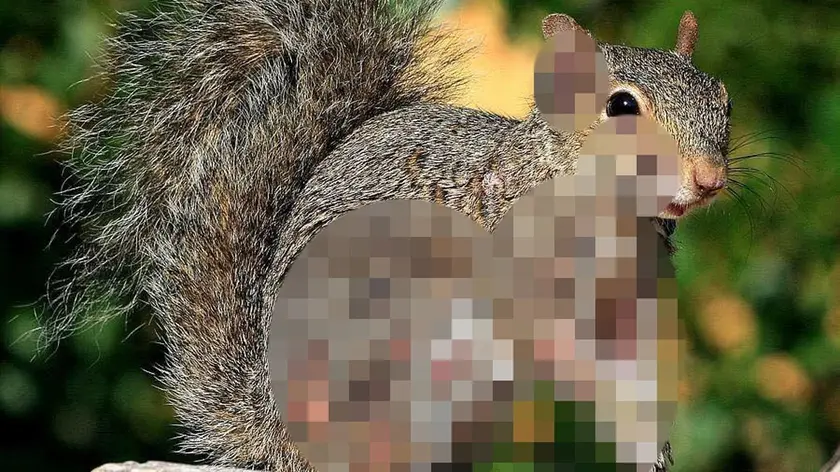
Squirrels with oozing lesions spotted in US backyards

Zombie Squirrels in Backyards
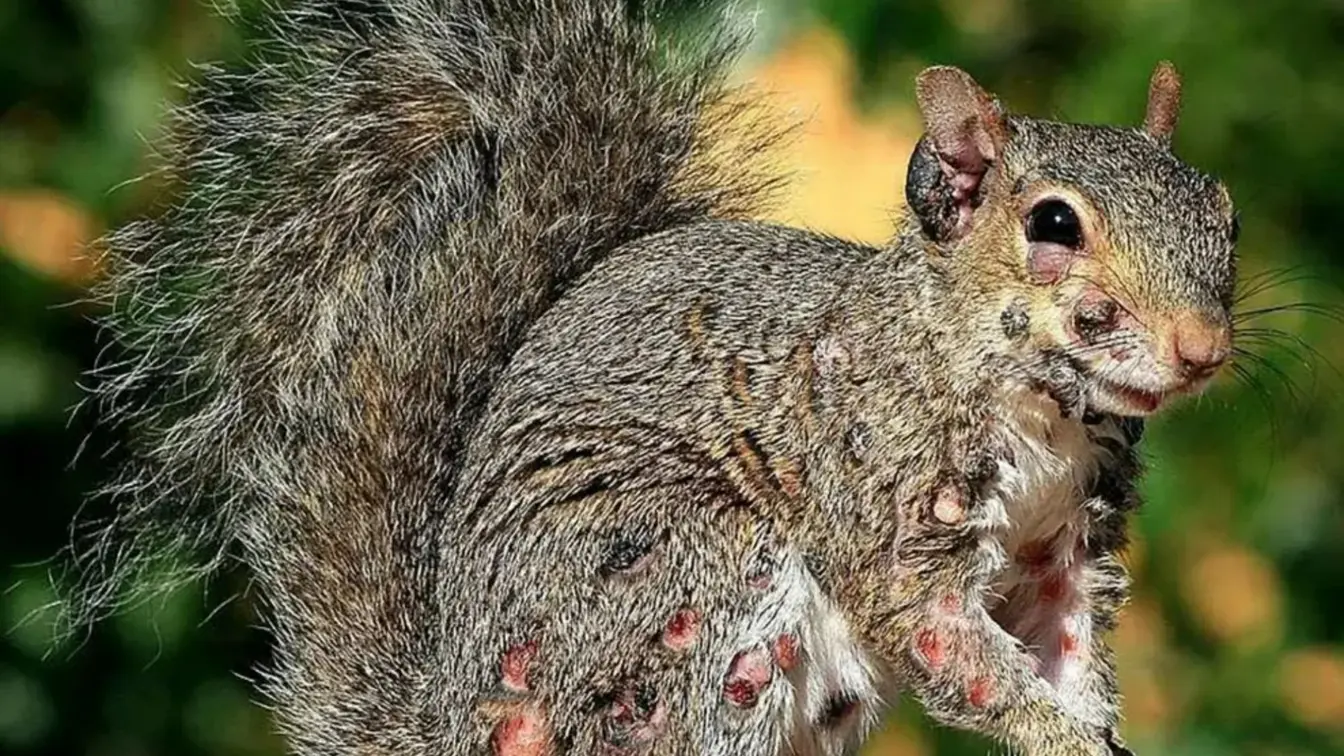
Zombie squirrels story

Squirrels with growths prompt wildlife health questions
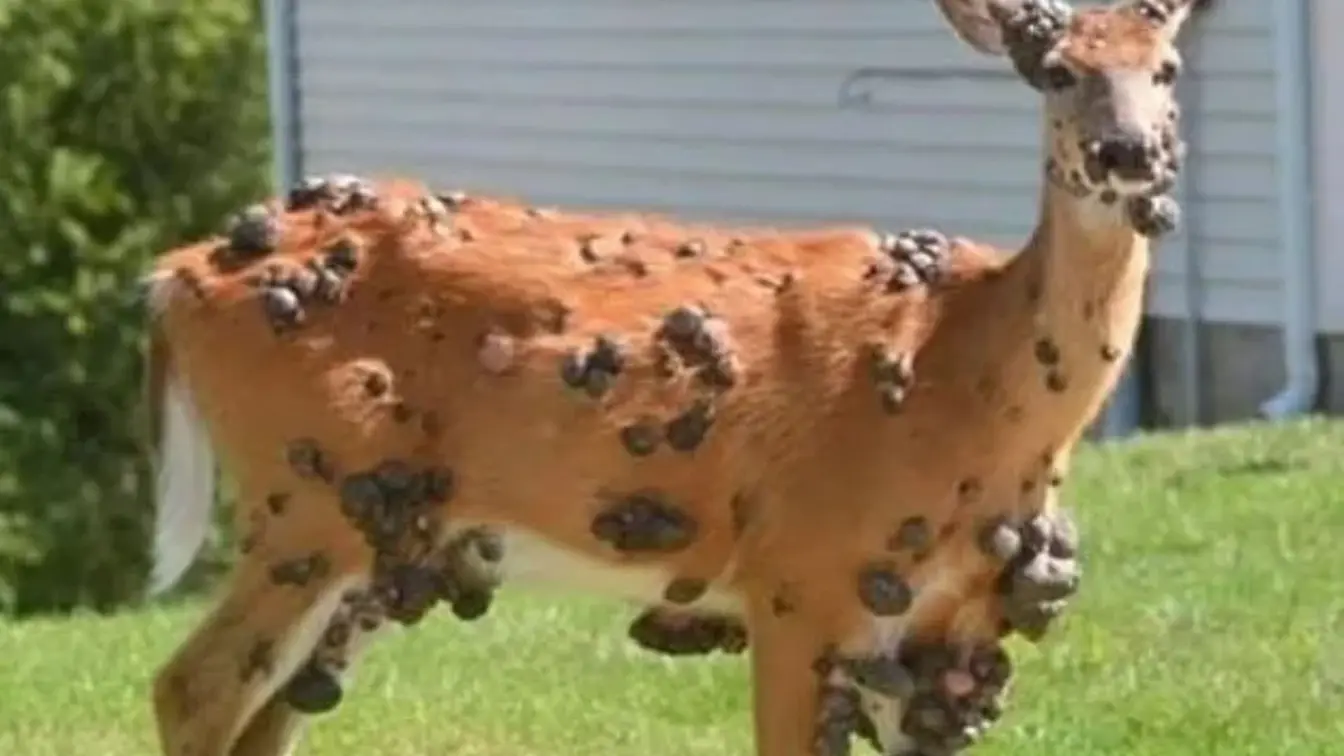
Wildlife lesions prompt official guidance

Mutant deer story prompts caution

Haunting Images Unveil Nature's Perils

Play kitchens recalled after toddler's death
